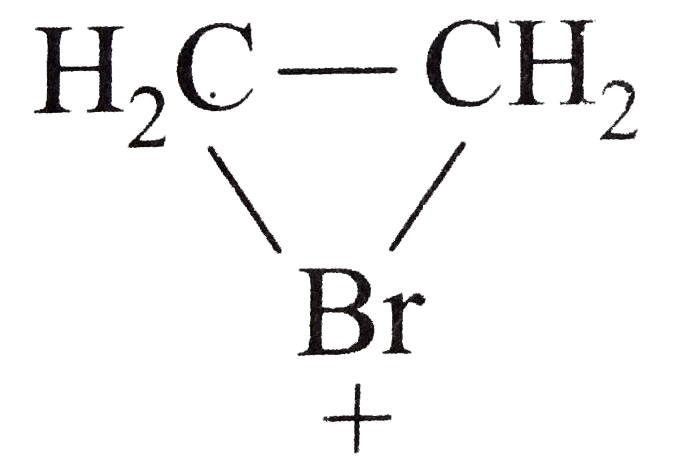p-Nitrobromobenzene can be converted to p-nitroaniline by using NaNH2. The reaction proceeds throught he intermediate named
A
Carbocation
B
Carbanion
C
Benzyne
D
Dianion
Video Solution
Text Solution
The correct Answer is:C
|
Topper's Solved these Questions
- NITROGEN CONTAINING COMPOUNDS BOOK - ERRORLESS CHAPTER - NITROGEN CONTAINING COMPOUNDS EXERCISE - PROPERTIES OF NITROGEN CONTAINING COMPOUNDS
16 Videos
- NITROGEN CONTAINING COMPOUNDS BOOK - ERRORLESS CHAPTER - NITROGEN CONTAINING COMPOUNDS EXERCISE - TESTS FOR NITROGEN CONTAINING COMPOUNDS
11 Videos
- NITROGEN CONTAINING COMPOUNDS BOOK - ERRORLESS CHAPTER - NITROGEN CONTAINING COMPOUNDS EXERCISE - JEE (ADVANCED) 2018 MORE THAN ONE CHOICE CORRECT ANSWER
1 Videos
- IONIC EQUILIBRIUMBOOK - ERRORLESS CHAPTER - IONIC EQUILIBRIUMEXERCISE - JS Jee Section (JEE Advanced (Numeric answer type question))
1 Videos
- NUCLEAR CHEMISTRY BOOK - ERRORLESS CHAPTER - NUCLEAR CHEMISTRY EXERCISE - JEE SECTION (Matrix Match Type Questions)
2 Videos
Similar Questions
Knowledge Check
p-Nitroaniline can be obtained by
A B
B C
C D
D
Ethylene reacts with Br2 to give 1,2-dibromoethane. The reaction proceeds through the formation of the intermediate
ABrCH2+CH2BBrCH=+CHC D
D
Amides can be converted into amines by a reactions named after .
APerkinBClaisenCHofmannDKekule
The reaction of propene with HOCI(CI2+H2O) proceeds through the intermediate:
View Solution2,3 - dibromobutane can be converted to 2-butene in two - step reaction using
View SolutionThe reaction of propene with HOCI(CI2+H2O) proceeds through the intermediate:
View SolutionThe following reaction proceeds through the intermediate
RCOOAg+Br2→RBr+CO2+AgBr
View SolutionA: When butyne-2 is reacted with Na/liq. NH3 then trans-butene-2 is formed.
R : This reaction proceeds through free radical intermediate.
View Solution

